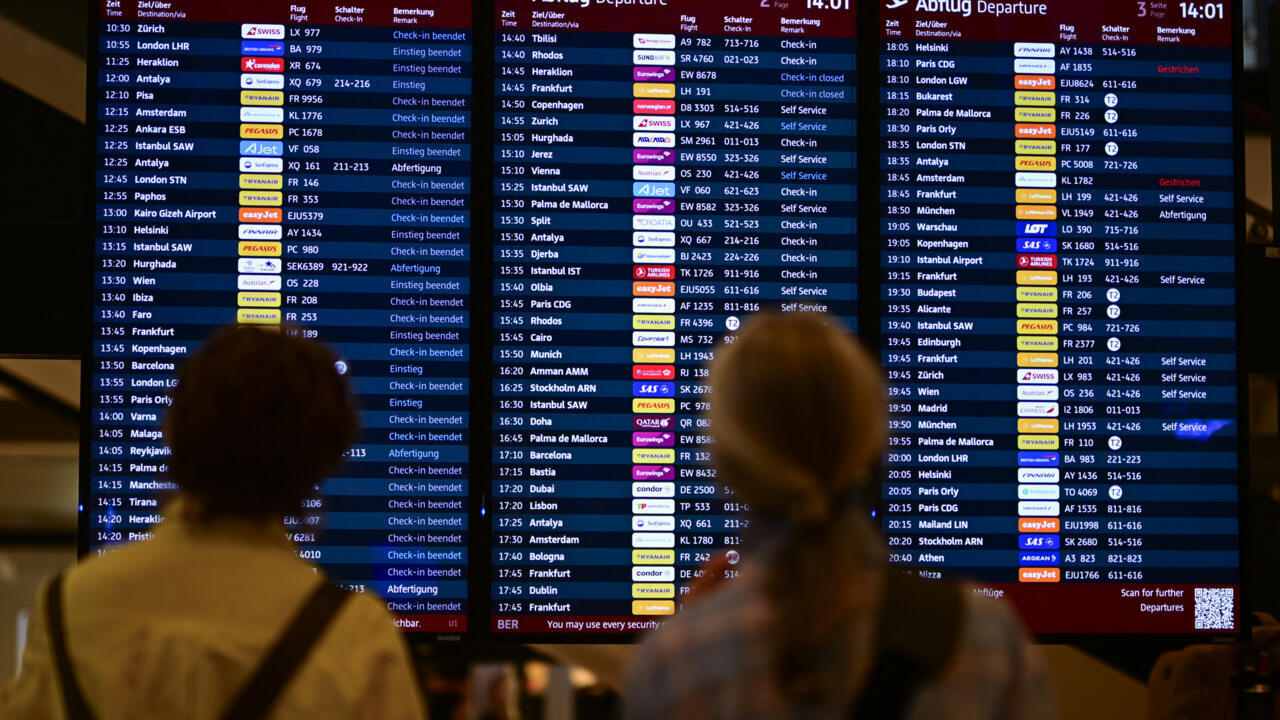The recent cyberattack on major European airports has not only disrupted passenger services but also sparked discussions on the future of aviation cybersecurity. The attack, which began on September 19, 2025, reportedly involved a ransomware incident targeting systems supplied by Collins Aerospace, affecting check-in and boarding operations across hubs in Brussels, London, Berlin, and Dublin.
While operations are still gradually stabilizing by September 22, 2025, with manual workarounds and software patches, the episode has underscored how interlinked aviation systems have become and why cybersecurity must be treated as core infrastructure. Industry observers note that reliance on a single third-party provider for mission-critical services apparently created a “single point of failure,” amplifying the impact across multiple airports simultaneously.
Technical Lessons Learned
The disruption has highlighted several key lessons for the aviation industry. First, redundancy and failover systems appear essential to reduce operational dependency on any single vendor. Some airports reportedly reverted to manual check-ins and handwritten boarding passes, which, while effective in the short term, illustrated the limitations of backup planning. Second, real-time monitoring and patch management are likely to be prioritized going forward, as early detection of ransomware could help contain potential breaches. Third, greater emphasis may be placed on supplier risk assessments, ensuring that vendors meet the same cybersecurity standards as airlines and airport authorities.
Implications for the Cybersecurity Market
Analysts suggest that the incident could accelerate investment in the aviation cybersecurity market, whose value is projected to reach over USD 14 billion by 2030, according to Grand View Research, Inc., in the wake of the rising threats. The demand for integrated solutions—covering endpoint security, network resilience, and cloud-based monitoring—is expected to grow as airports and airlines seek to minimize downtime risks. Cybersecurity frameworks that include artificial intelligence for anomaly detection and automated response mechanisms are reportedly gaining traction.
Moreover, regulatory agencies in Europe may push for stronger compliance measures, requiring airports and suppliers to adopt harmonized cybersecurity protocols. This could create opportunities for cybersecurity providers offering scalable and standardized solutions tailored to aviation.
Moving Forward While investigations are still underway, experts emphasize that the cyberattack is not merely a disruption but also a turning point. Aviation stakeholders are increasingly viewing cybersecurity as a business continuity issue rather than a technical add-on. The lessons learned may shape procurement strategies, vendor partnerships, and future infrastructure design—potentially accelerating the sector’s adoption of advanced cybersecurity technologies.
















